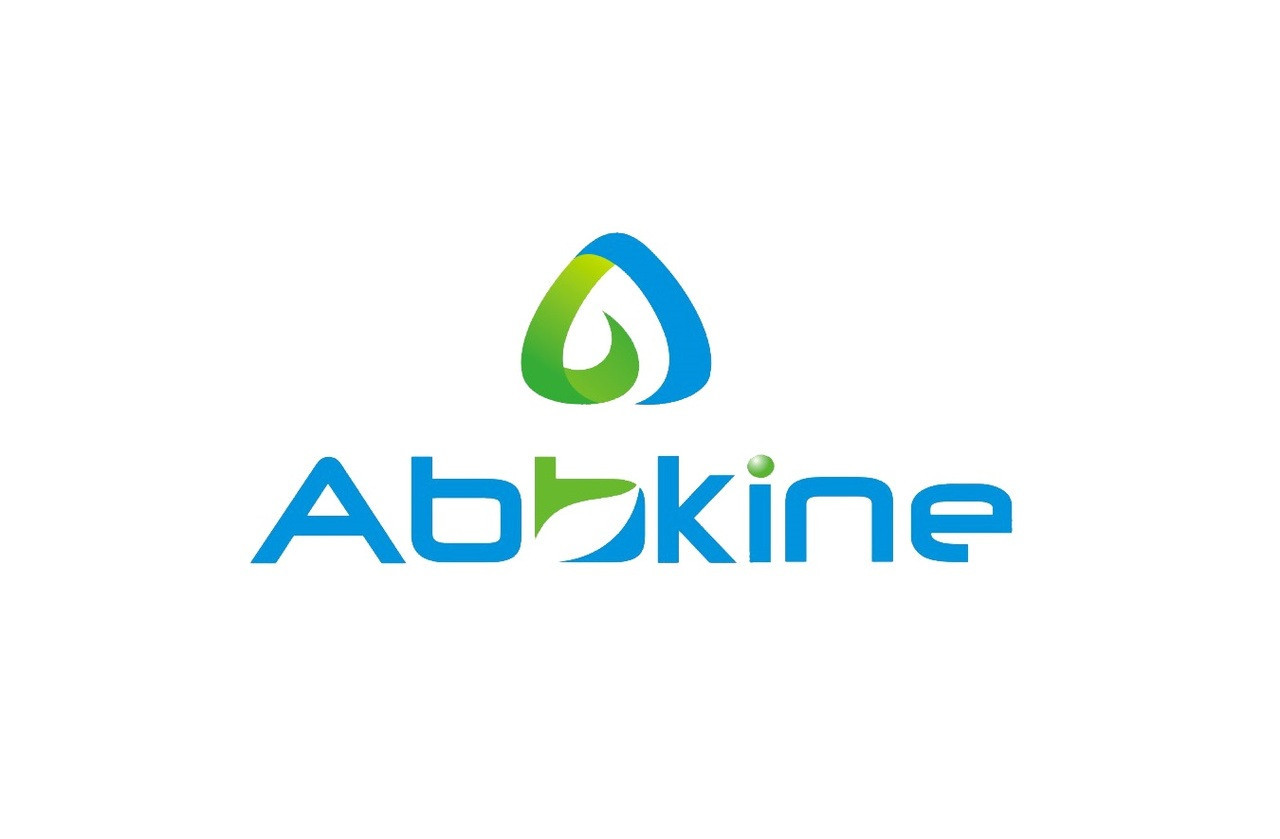Product Description
Mouse Regenerating islet-derived protein 3-gamma (REG3G) ELISA Kit | KTE70512 | Abbkine
Application: This Mouse Regenerating islet-derived protein 3-gamma (REG3G) ELISA Kit employs a two-site sandwich ELISA to quantitate REG3G in samples. An antibody specific for REG3G has been pre-coated onto a microplate. Standards and samples are pipetted into the wells and anyREG3G present is bound by the immobilized antibody. After removing any unbound substances, a biotin-conjugated antibody specific for REG3G is added to the wells. After washing, Streptavidin conjugated Horseradish Peroxidase (HRP) is added to the wells. Following a wash to remove any unbound avidin-enzyme reagent, a substrate solution is added to the wells and color develops in proportion to the amount of REG3G bound in the initial step. The color development is stopped and the intensity of the color is measured.
Detection Method: Colorimetric
Conjugate: N/A
Sample Type: Cell culture supernatants#Serum#Plasma#Other biological fluids
Assay Type: Multiple steps standard sandwich ELISA assay with a working time of 3-5 hours. It depends on the experience of the operation person.
Kit Component: • Mouse Regenerating islet-derived protein 3-gamma microplate
• Mouse Regenerating islet-derived protein 3-gamma standard
• Mouse Regenerating islet-derived protein 3-gamma detect antibody
• Streptavidin-HRP
• Standard diluent
• Assay buffer
• HRP substrate
• Stop solution
• Wash buffer
• Plate covers
Features & Benefits: Mouse Regenerating islet-derived protein 3-gamma (REG3G) ELISA Kit has high sensitivity and excellent specificity for detection of Mouse REG3G. No significant cross-reactivity or interference between Mouse REG3G and analogues was observed.
Calibration Range: Please inquire
Limit Of Detection: Please inquire
Usage Note: • Do not mix components from different kit lots or use reagents beyond the kit expiration date.
• Allow all reagents to warm to room temperature for at least 30 minutes before opening.
• Pre-rinse the pipet tip with reagent, use fresh pipet tips for each sample, standard and reagent to avoid contamination.
• Unused wells must be kept desiccated at 4 °C in the sealed bag provided.
• Mix Thoroughly is very important for the result. It is recommended using low frequency oscillator or slight hand shaking every 10 minutes.
• It is recommended that all samples and standards be assayed in duplicate or triplicate.
Storage Instruction: The unopened kit should be stored at 2 - 8°C. After opening, please store refer to protocols.
Shipping: Gel pack with blue ice.
Precaution The product listed herein is for research use only and is not intended for use in human or clinical diagnosis. Suggested applications of our products are not recommendations to use our products in violation of any patent or as a license. We cannot be responsible for patent infringements or other violations that may occur with the use of this product.
Background: REG3G encodes a deduced 175-amino acid protein, with a predicted molecular mass of 16.5 kD after cleavage of a putative 26-amino acid N-terminal signal peptide. Two REG3G splice forms, with identical coding sequences but different 5-prime UTRs, were identified. The REG3G and REG3A proteins share 85% sequence homology. Northern blot analysis and RT-PCR experiments showed that REG3G is strongly expressed in pancreas, moderately in testis, and weakly in heart, kidney, and placenta. Further RT-PCR analysis of pancreas-derived cell lines showed that REG3G expression is limited to exocrine pancreas. Using 3-dimensional protein structural modeling, they showed that although REG3G and REG1A share similar structural features, they display distinctive surface charge distributions.
Alternative Names: REG3G; MGC118998; MGC118999; MGC119001; PAP1B; PAPIB; REG-III; UNQ429; LPPM429; PAP IB protein; regenerating geneI
Search name: REG3G; MGC118998; MGC118999; MGC119001; PAP1B; PAPIB; REG-III; UNQ429; LPPM429; PAP IB protein; regenerating geneI
Tag: REG3G
 Euro
Euro
 USD
USD
 British Pound
British Pound
 NULL
NULL








